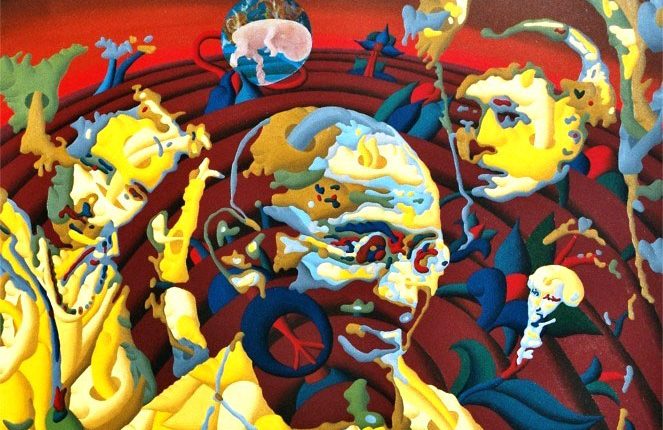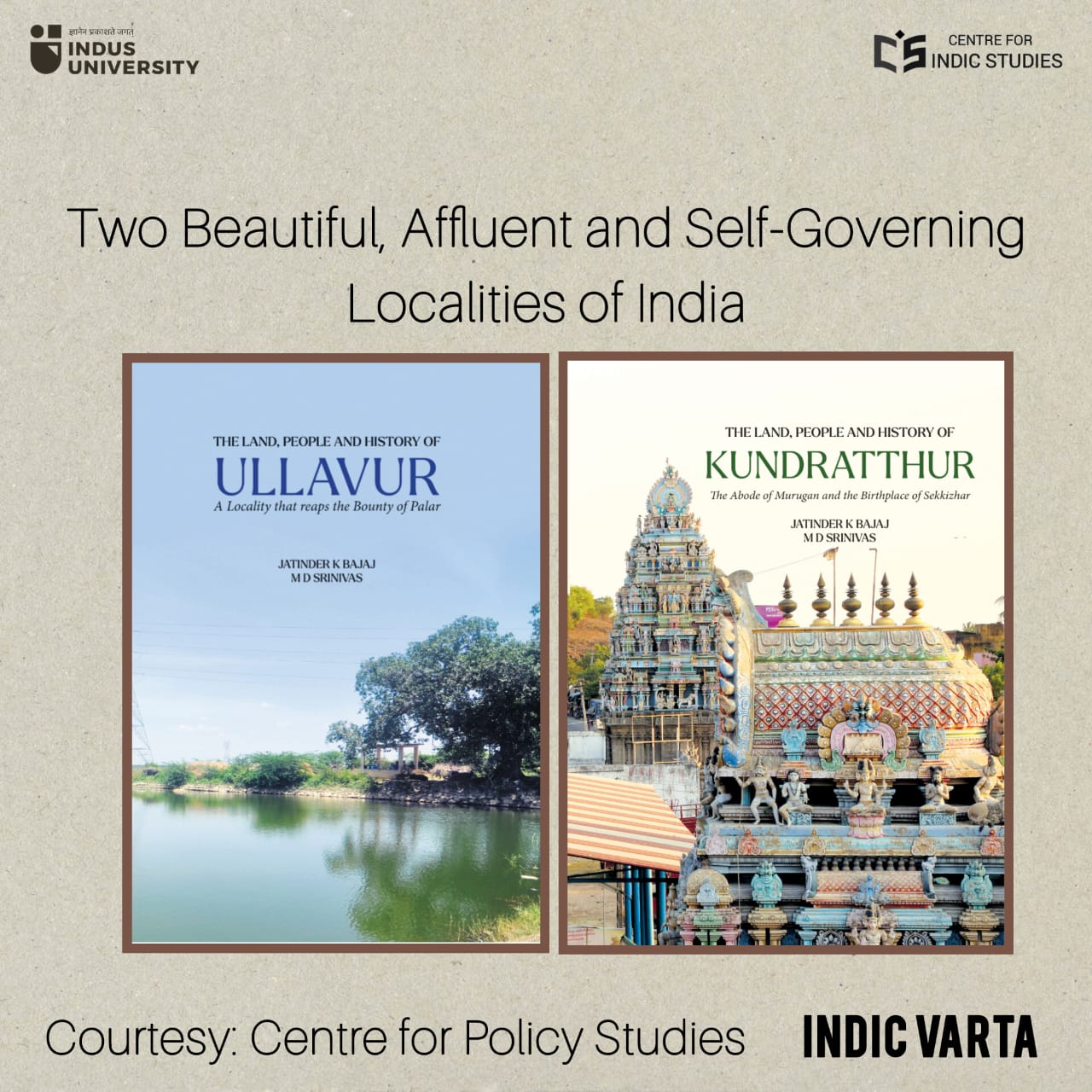- Visitor:42
- Published on:
Learning from Mahatma Gandhi’s Mistakes – 2
In this second part of the series, Dr. Koenraad Elst analyzes the faults of Mahatma Gandhi. He argues that his primary fault was not his insistence on universal and un-conditional non-violence, but his fanatacism and intolerance regarding the implementation of ideas that he thought were correct for not just himself but for the entire society.

Read the first part of the series here:
Learning from Mahatma Gandhi’s Mistakes – 1
Problems with Pacifism
The common denominator in all these costly mistakes was a lack of realism. Gandhi refused to see the realities of human nature; of Islamic doctrine with its ambition of domination; of the modern mentality with its resentment of autocratic impositions; of people’s daily needs making them willing to collaborate with the rulers in exchange for career and business opportunities; of the nationalism of the Hindus who would oppose the partition of their Motherland tooth and nail; of the nature of the Pakistani state as intrinsically anti-India and anti-Hindu.
In most of these cases, Gandhi’s mistake was not his pacifism per se. In the case of his recruiting efforts for World War I, there wasn’t even any pacifism involved, but loyalty to the Empire whether in peace or in war. The Khilafat pogroms revealed one of the real problems with his pacifism: all while riding a high horse and imposing strict conformity with the pacifist principle, he indirectly provoked far more violence than was in his power to control. Other leaders of the freedom movement, such as Annie Besant and Lala Lajpat Rai, had warned him that he was playing with fire, but he preferred to obey his suprarational “inner voice”.
The fundamental problem with Gandhi’s pacifism, not in the initial stages but when he had become the world-famous leader of India’s freedom movement (1920-47), was his increasing extremism. All sense of proportion had vanished when he advocated non-violence not as a technique of moral pressure by a weaker on a stronger party, but as a form of masochistic surrender. Elsewhere (Elst: Gandhi and Godse, Voice of India, Delhi 2001, p.120-121) I have cited four instances of his advice to the victims of communal violence which is simply breathtaking for its callousness in the face of human suffering. Two more instances follow.
During his prayer meeting on 1 May 1947, he prepared the Hindus and Sikhs for the anticipated massacres of their kind in the upcoming state of Pakistan with these words: “I would tell the Hindus to face death cheerfully if the Muslims are out to kill them. I would be a real sinner if after being stabbed I wished in my last moment that my son should seek revenge. I must die without rancour. (*) You may turn round and ask whether all Hindus and all Sikhs should die. Yes, I would say. Such martyrdom will not be in vain.” (Collected Works of Mahatma Gandhi, vol.LXXXVII, p.394-5) It is left unexplained what purpose would be served by this senseless and avoidable surrender to murder.
Even when the killing had started, Gandhi refused to take pity on the Hindu victims, much less to point fingers at the Pakistani aggressors. More importantly for the principle of non-violence, he failed to offer them a non-violent technique of countering and dissuading the murderers. Instead, he told the Hindu refugees from Pakistan to go back and die. On 6 August 1947, Gandhiji commented to Congress workers on the incipient communal conflagration in Lahore thus: “I am grieved to learn that people are running away from the West Punjab and I am told that Lahore is being evacuated by the non-Muslims. I must say that this is what it should not be. If you think Lahore is dead or is dying, do not run away from it, but die with what you think is the dying Lahore. (*) When you suffer from fear you die before death comes to you. That is not glorious. I will not feel sorry if I hear that people in the Punjab have died not as cowards but as brave men. (*) I cannot be forced to salute any flag. If in that act I am murdered I would bear no ill will against anyone and would rather pray for better sense for the person or persons who murder me.” (Hindustan Times, 8-8-1947, CWoMG, vol. LXXXIX, p.11).
So, he was dismissing as cowards those who saved their lives fleeing the massacre by a vastly stronger enemy, viz. the Pakistani population and security forces. But is it cowardice to flee a no-win situation, so as to live and perhaps to fight another day? There can be a come-back from exile, not from death. Is it not better to continue life as a non-Lahorite than to cling to one’s location in Lahore even if it has to be as a corpse? Why should staying in a mere location be so superior to staying alive? To be sure, it would have been even better if Hindus could have continued to live with honour in Lahore, but Gandhi himself had refused to use his power in that cause, viz. averting Partition. He probably would have found that, like the butchered or fleeing Hindus, he was no match for the determination of the Muslim League, but at least he could have tried. In the advice he now gave, the whole idea of non-violent struggle got perverted.
Originally, in Gandhi’s struggle for the Indians’ rights in South Africa, non-violent agitation was tried out as a weapon of the weak who wouldn’t stand a chance in an armed confrontation. It was a method to achieve a political goal, and a method which could boast of some successes. In the hands of a capable agitator, it could be victorious. It was designed to snatch victory from the jaws of powerlessness and surrender. By contrast, the “non-violent” surrender to the enemy and to butchery which Gandhi advocated in 1947 had nothing victorious or successful about it.
During the anti-colonial struggle, Gandhi had often said that oppression was only possible with a certain cooperation or complicity from the oppressed people. The genius of the non-violent technique, not applicable in all situations but proven successful in some, was to create a third way between violent confrontation between the oppressed and the oppressor, fatally ending in the defeat of the weak, and the passive resignation of the oppressed in their state of oppression. Rather than surrendering to the superior power of the oppressor, the oppressed were given a method to exercise slow pressure on their oppressor, to wrest concessions from him and to work on his conscience. No such third way was left to the minorities in Pakistan: Gandhi’s only advice to them was to surrender, to become accomplices in their extermination by meekly offering their necks to the executioner’s sword.
My point is not that Gandhi could and should have given them a third way, a non-violent technique that would defeat the perpetrators of Partition and religious cleansing. More realistically, he should have accepted that this was the kind of situation where no such third option was available. Once the sacrifice of a large part of India’s territory to a Muslim state had been conceded, and given previous experiences with Muslim violence against non-Muslims during the time of Gandhi’s own leadership, he should have realized that an exchange of population was the only remaining bloodless solution. The Partition crisis was simply beyond the capacity of Gandhian non-violence to control. If he had had the modesty to face his powerlessness and accept that alternatives to his own preferred solution would have to be tried, many lives could have been saved.
- 21 min read
- 0
- 0










